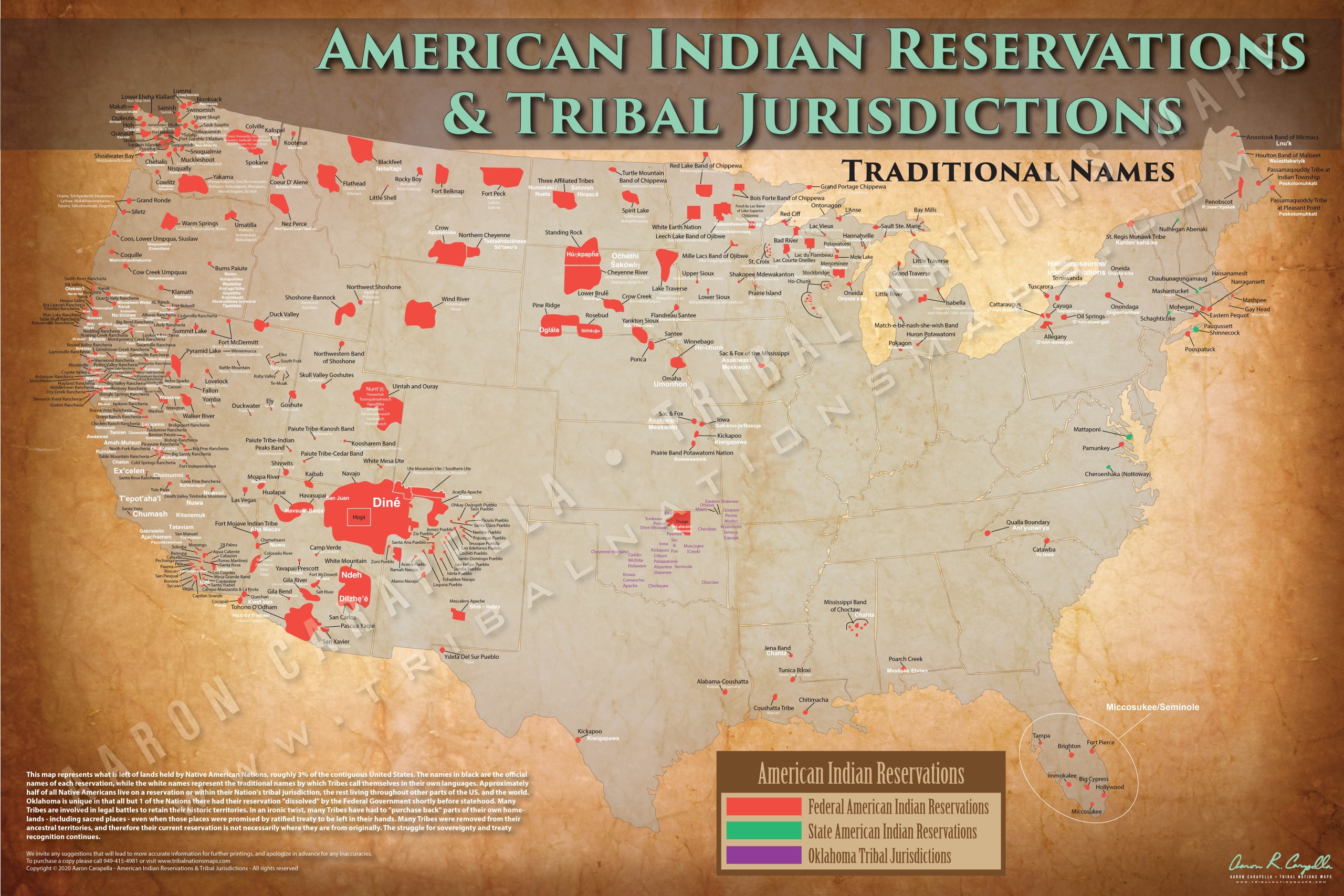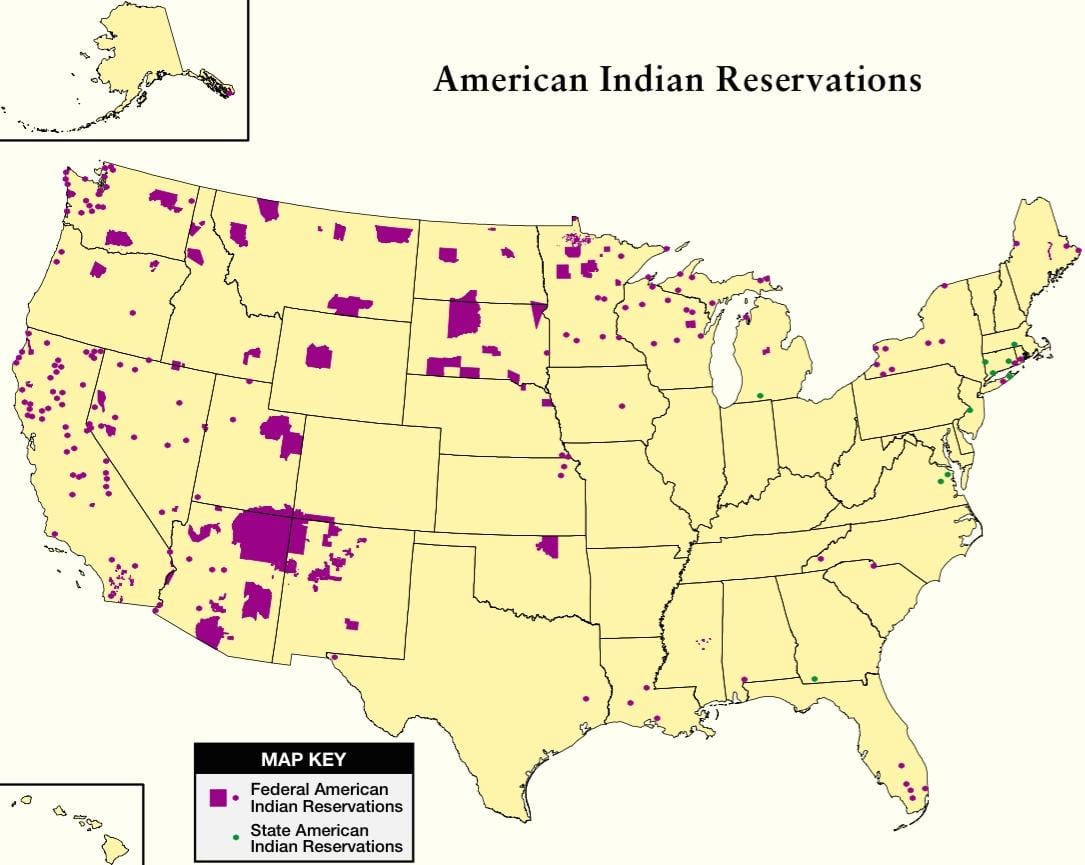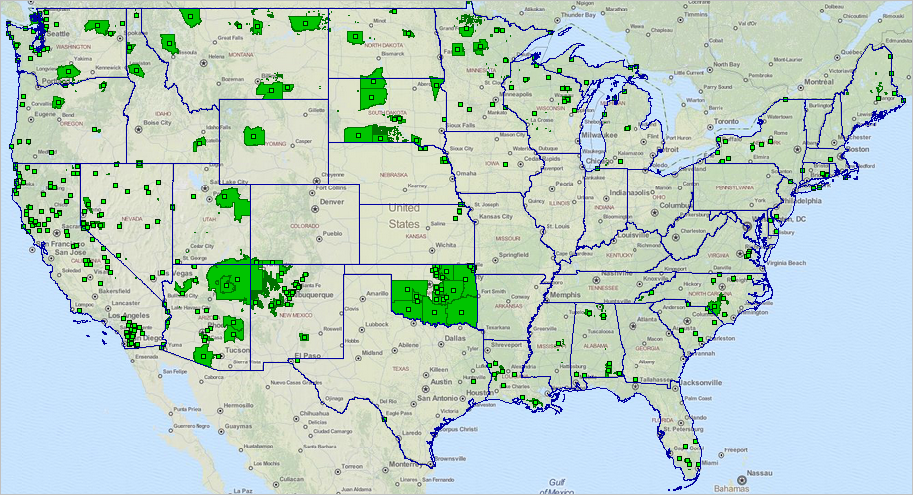Unpacking the Map: Navigating the Landscape of Indian Reservations in 2024
Unpacking the Map: Navigating the Landscape of Indian Reservations in 2024

The United States is a tapestry of diverse cultures, and woven into its fabric are the vibrant threads of Native American communities. These communities, often referred to as "tribes" or "nations," hold a rich history and unique cultural identities that are deeply rooted in the land they call home. Today, much of this ancestral land is preserved within the boundaries of Indian reservations, a complex and often misunderstood system.
A Map for Understanding
Related Articles: Unpacking the Map: Navigating the Landscape of Indian Reservations in 2024
- Uncover the Hidden Histories: Native American Tribes of New York Revealed
- Unveil the Enchanting Tapestry of New Mexico's Native American Lands
- Texas Tribes: A Journey Through Time
- California’s First People: A Tapestry Of Tribes
- Discover the Hidden Gems of Indian Tribes in Ohio and West Virginia
Navigating the complex geography of Indian reservations can be a daunting task. It’s easy to get lost in a sea of names and locations, especially for those unfamiliar with the history and contemporary realities of Native American communities. That’s where a map comes in handy, serving as a visual guide to understanding the diverse landscape of these lands.
Beyond the Borders: More Than Just Land
The term "reservation" can be misleading. It conjures up images of isolated, forgotten corners of the country, but that couldn’t be further from the truth. Indian reservations are much more than just land. They are vibrant communities, home to a diverse range of people, cultures, and economies.
A Legacy of Resilience
The history of Indian reservations is intricately intertwined with the history of the United States itself. The story is one of forced relocation, assimilation, and ultimately, resilience. Native American tribes have faced numerous challenges, from the forced removal of their ancestors from their ancestral homelands to the ongoing struggle for self-determination and sovereignty. Despite these challenges, Native Americans have persevered, holding onto their cultural traditions and fighting for their rights.
A Tapestry of Diversity
The map of Indian reservations reveals a diverse landscape, reflecting the cultural and linguistic diversity of the original inhabitants of this land. From the arid plains of the Southwest to the lush forests of the Northwest, each reservation holds a unique story, a unique way of life.
The Changing Landscape

The map of Indian reservations is not static. It’s a dynamic landscape, evolving with the changing needs and priorities of the tribes themselves. Some reservations are actively engaged in economic development, embracing opportunities in tourism, gaming, and renewable energy. Others are focused on preserving their cultural traditions, revitalizing their languages, and strengthening their communities.
Beyond the Borders: A Look at the Future
The map of Indian reservations is a testament to the enduring spirit of Native American communities. It’s a reminder of the rich cultural heritage that continues to thrive in the face of adversity. As we move into the future, it’s essential to remember that the map is just a starting point, a guide to understanding the complex and fascinating world of Indian reservations.
The Importance of Understanding
Understanding the map of Indian reservations is not just about geography; it’s about recognizing the contributions of Native American communities to the United States. It’s about acknowledging the ongoing struggle for self-determination and the importance of honoring tribal sovereignty. It’s about recognizing the strength and resilience of a people who have endured countless challenges and continue to thrive.

A Call to Action
The map of Indian reservations is a call to action. It’s a reminder that we have a responsibility to learn about the history and culture of Native American communities, to understand their challenges, and to support their efforts to preserve their traditions and achieve self-determination.
Beyond the Map: A Deeper Dive
While the map provides a visual representation of Indian reservations, there’s so much more to discover. Each reservation has its own unique story, its own traditions, and its own challenges. To truly understand the landscape of Indian reservations, we need to go beyond the map and engage with the communities themselves.
Engaging with the Communities

There are numerous ways to engage with Native American communities. You can visit reservations, attend cultural events, support Native-owned businesses, and learn about the history and culture of different tribes. You can also advocate for policies that support tribal sovereignty and self-determination.
The Power of Education
Education is key to understanding and appreciating the diversity of Native American communities. By learning about their history, culture, and current challenges, we can foster greater understanding and respect. We can break down stereotypes and promote a more inclusive and equitable society.
A Journey of Discovery
Exploring the map of Indian reservations is a journey of discovery. It’s a chance to learn about the rich cultural heritage of Native American communities, to understand their resilience, and to appreciate the unique contributions they have made to the United States.
The Future of Indian Reservations
The future of Indian reservations is bright. Native American communities are increasingly engaged in economic development, cultural revitalization, and political advocacy. They are working to build stronger communities, to preserve their traditions, and to ensure a brighter future for generations to come. The map of Indian reservations is a reminder of the enduring spirit of Native American communities and their unwavering commitment to their ancestral homelands.
FAQ About Indian Reservations 2024
Q: What is an Indian reservation?
A: An Indian reservation is a tract of land within the United States that is set aside for the use and occupancy of a particular Native American tribe or nation. Reservations are established through treaties, executive orders, or acts of Congress.
Q: How many Indian reservations are there in the United States?
A: There are over 300 federally recognized Indian reservations in the United States.
Q: What are the different types of Indian reservations?
A: There are various types of reservations, including:
- Federal Reservations: These are established by the federal government and are subject to federal jurisdiction.
- State Reservations: These are established by state governments and are subject to state jurisdiction.
- Tribal Reservations: These are established by tribes themselves and may be subject to tribal jurisdiction.
Q: What are the rights and responsibilities of Native American tribes on reservations?
A: Native American tribes have a variety of rights and responsibilities on reservations, including:
- Self-government: Tribes have the right to govern themselves and to make their own laws.
- Land ownership: Tribes have ownership of the land within their reservation boundaries.
- Resource management: Tribes have the right to manage natural resources on their lands.
- Economic development: Tribes have the right to pursue economic development opportunities on their lands.
Q: What are some of the challenges facing Native American communities on reservations?
A: Native American communities on reservations face a number of challenges, including:
- Poverty: Poverty rates on reservations are significantly higher than the national average.
- Unemployment: Unemployment rates on reservations are also high.
- Lack of access to healthcare: Access to healthcare is often limited on reservations.
- Substance abuse: Substance abuse is a major problem on many reservations.
- Violence: Violence against women and children is a serious issue on some reservations.
Q: What can I do to support Native American communities on reservations?
A: There are many ways to support Native American communities on reservations, including:
- Educate yourself: Learn about the history, culture, and current challenges facing Native American communities.
- Support Native-owned businesses: Shop at Native-owned businesses and restaurants.
- Donate to Native American charities: Support organizations that are working to improve the lives of Native Americans.
- Advocate for Native American rights: Contact your elected officials and advocate for policies that support tribal sovereignty and self-determination.
Q: Where can I find more information about Indian reservations?
A: You can find more information about Indian reservations from a variety of sources, including:
- The National Congress of American Indians (NCAI): www.ncai.org
- The Bureau of Indian Affairs (BIA): www.bia.gov
- The Native American Rights Fund (NARF): www.narf.org
- The Indian Health Service (IHS): www.ihs.gov
The map of Indian reservations is a powerful reminder of the resilience and diversity of Native American communities. By understanding the challenges they face and supporting their efforts to preserve their traditions and achieve self-determination, we can work together to build a more inclusive and equitable society for all.

Closure
Thus, we hope this article has provided valuable insights into Unpacking the Map: Navigating the Landscape of Indian Reservations in 2024. We thank you for taking the time to read this article. See you in our next article!